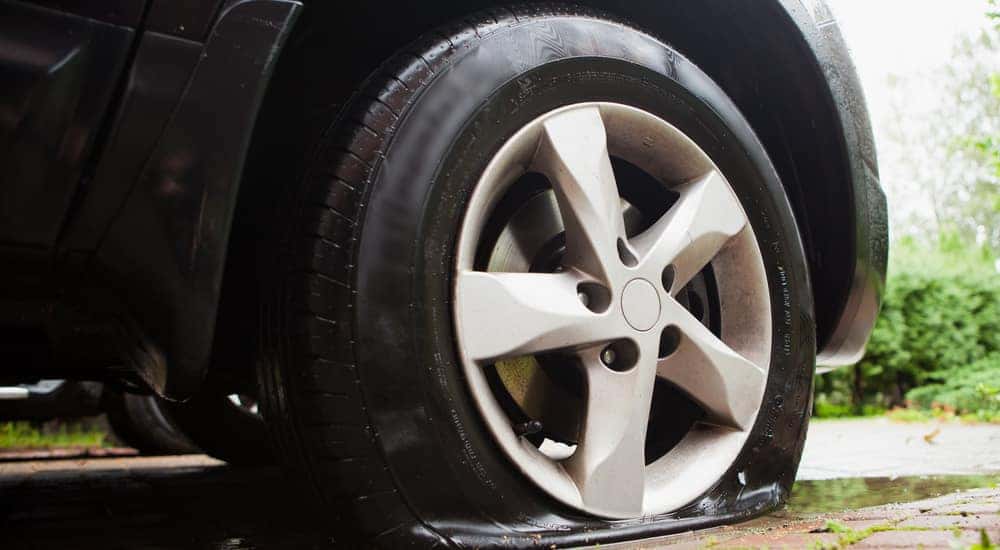
“Advances in automotive engineering allow for weight to be reduced in ways that don’t leave motorists stranded at the roadside.”ĪAA tested the most common tire inflator kits in today’s vehicles and found that the units worked well in some scenarios, but they are not a substitute for a spare tire. “Automakers are facing increasingly-stringent fuel economy standards and the spare tire has become a casualty in an effort to reduce weight and boost miles-per-gallon,” continued Nielsen. With some kits costing up to $300 per use, a tire inflator kit can cost consumers up to 10 times more than a simple tire repair and has a shelf life of only four to eight years. While each 4-pound kit eliminates approximately 30 pounds of weight, resulting in minimal savings in fuel consumption, the replacement cost is high.

“AAA responds to more than 4 million calls for flat tire assistance annually and, despite advances in vehicle technology, we have not seen a decline in tire-related calls over the last five years.”Īlong with run-flat tires, tire inflator kits have replaced spare tires on 29 million vehicles in the past 10 model years, steadily increasing from 5 percent of 2006 model-year vehicles to more than one-in-three 2015 model-year vehicles (36 percent) sold.

“Flat tires are not a disappearing problem, but spare tires are,” said John Nielsen, AAA’s managing director of Automotive Engineering and Repair.


 0 kommentar(er)
0 kommentar(er)
